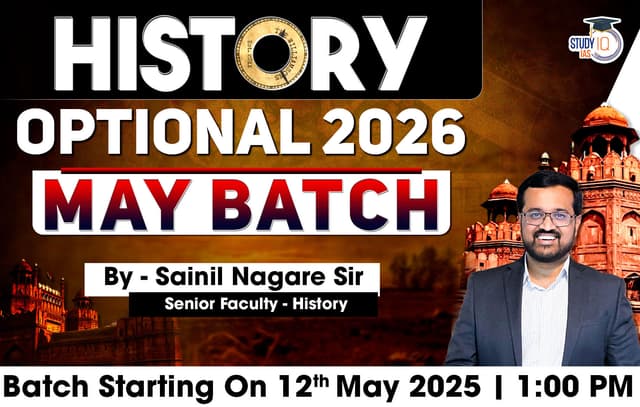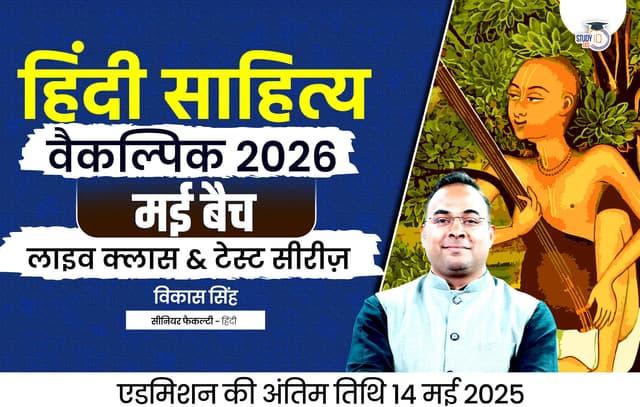Table of Contents
Polavaram Dam Project, officially called the Polavaram Irrigation Project, is a significant multipurpose infrastructure initiative in Andhra Pradesh, India. The project aims to facilitate irrigation, drinking water supply, and hydroelectric power generation while also addressing inter-basin water transfer.
Polavaram Dam Project
- It is a multi-purpose project on the Godavari River in Andhra Pradesh.
- It will facilitate inter-basin water transfer from the Godavari to the Krishna through a link canal.
- The project has been accorded National project status by the Union Government of India (As per the Andhra Pradesh Reorganisation Act, 2014).
- Benefit: 90% of the funding for the project will be given by the central government.
- It will submerge a portion of the Papikonda National Park in Andhra Pradesh.
- Tribes facing displacement due to this project: Koya, Konda Reddi and Konda Kamari.
| Godavari River |
|
Key Features of Project
Capacity and Benefits
- Designed to store 194 TMC (Thousand Million Cubic Feet) of water and utilize 322 TMC for irrigation and drinking purposes.
- Will irrigate about 7.2 lakh acres of land and provide drinking water to 28.5 lakh people.
- Includes a hydropower component capable of generating 960 MW of electricity
Current Status
- Construction has faced delays due to issues like funding disputes, technical challenges (e.g., damage to the diaphragm wall), and inadequate rehabilitation and resettlement (R&R) of affected families.
- The spillway and its gates are complete, while the right and left canals are 92.75% and 72.81% finished, respectively. However, the main dam’s construction is awaiting the resolution of the diaphragm wall issue
Challenges
- Technical problems such as flood-induced damage to the diaphragm wall and riverbed seepage have slowed progress.
- Financial constraints and disagreements between the state and central governments on project costs have added delays
Rehabilitation and Resettlement
- R&R efforts for displaced families are only partially complete (22.36% as of recent updates), which remains a major obstacle for project advancement

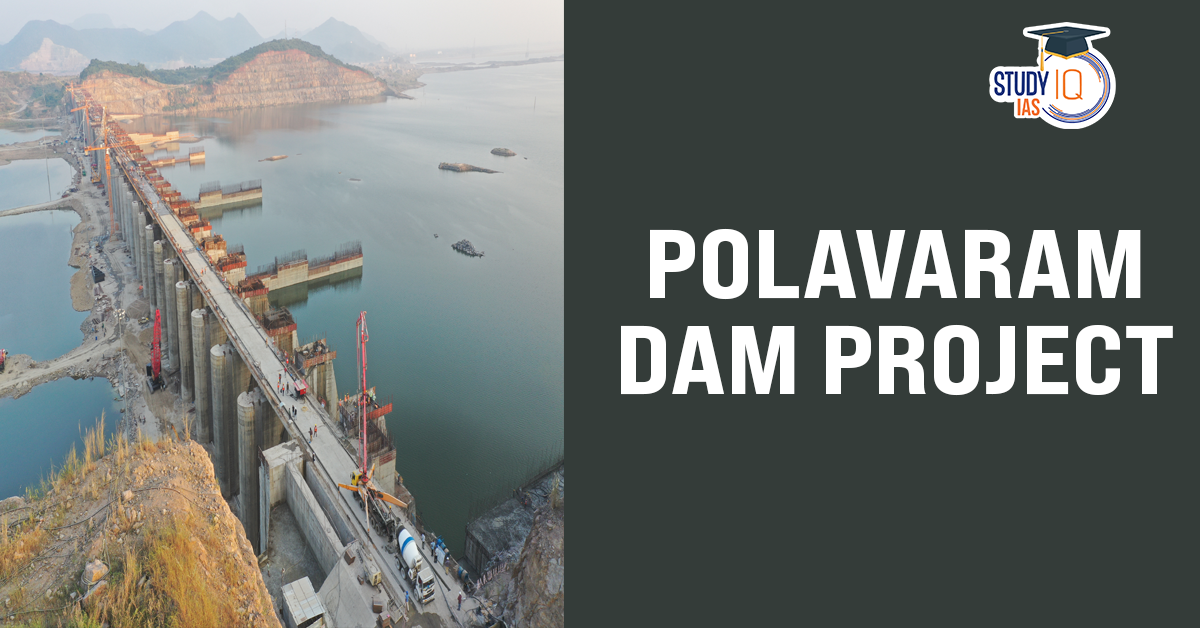
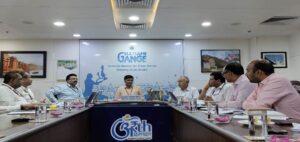 NMCG takes to Rejuvenate Nathmalpur Bhag...
NMCG takes to Rejuvenate Nathmalpur Bhag...
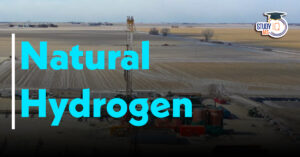 Natural Hydrogen can Transform India’s...
Natural Hydrogen can Transform India’s...
 Plastic Crisis in India and Waste Manage...
Plastic Crisis in India and Waste Manage...








